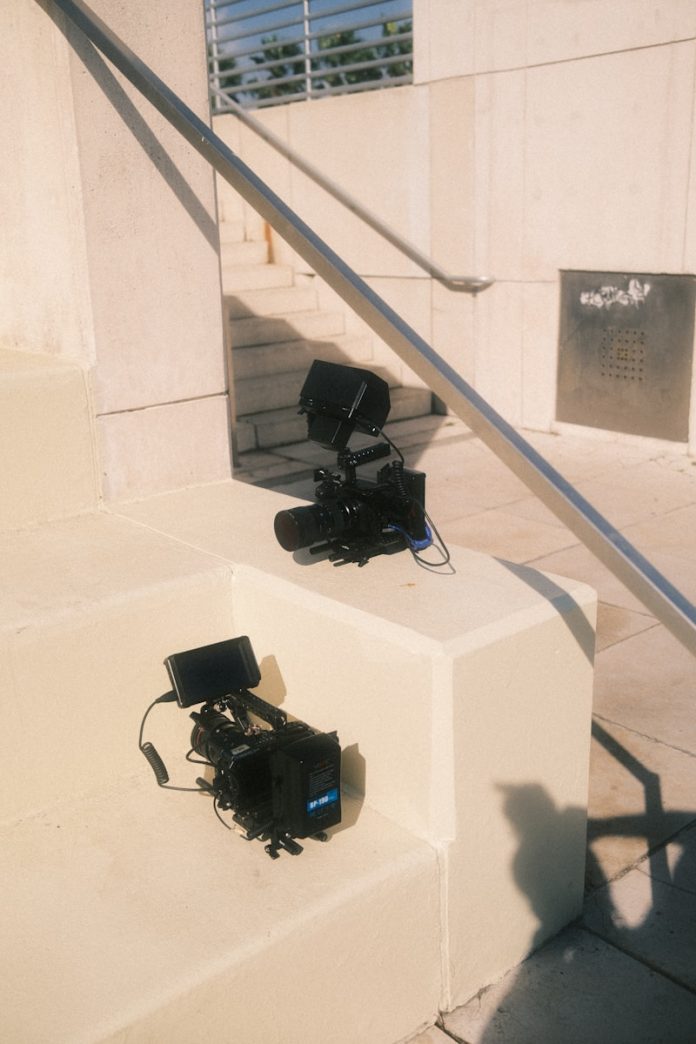Every once in a while, a single object rises from the background of a performance to become something far greater than a piece of scenery or set dressing. It becomes a symbol, a narrative anchor, and sometimes, a cultural icon. That’s exactly what happened during Celeste Nova’s critically acclaimed Nova Tour, when one luminous prop—dubbed the Heart Engine—captivated fans and critics alike.
It wasn’t just a piece of stage equipment. The Heart Engine became a metaphor, a character, and a mirror for the show’s deepest emotional themes. But few know the remarkable journey that led to its creation, from a scribbled sketch on a napkin in a New York café to the mechanical centerpiece of a worldwide phenomenon.
This is the story behind the prop that wasn’t just built—but felt.
Act I: From Concept to Core
The idea for the Heart Engine was born months before the first rehearsal. Celeste Nova, already known for elaborate world-building and concept-heavy albums, had just wrapped recording her fourth studio record, “Hyperpulse”. The album was built on a sci-fi narrative arc—imagining a world where human emotion had become a power source, literally fueling the digital infrastructure of a decaying planet.
Nova didn’t just want to perform songs about this world—she wanted her audience to enter it.
In early design meetings, she told her creative director, Jude Harper, “I want something that beats. That breathes. I want them to see emotion becoming power.”
Harper, a longtime collaborator with theater and performance art roots, took the challenge personally. After dozens of prototypes, they settled on the concept of a mechanical heart—but not just a decorative one. This heart had to move. It had to change. It had to react. And above all, it had to feel alive.
Act II: Building the Beast
Designing the Heart Engine was an engineering feat as much as it was an artistic challenge. The job ultimately went to Aether Mechanics, an experimental fabrication studio based in Copenhagen known for blending robotics with sculpture.
The design required the Heart Engine to be:
Large enough to be visible in arenas holding 40,000+ people.
Lightweight enough to be hoisted by overhead rigging systems.
Mechanically articulate, with pulsing “chambers” that opened and closed in sync with the music.
Visually reactive, with an internal lighting matrix that responded in real time to both Nova’s vocals and audience participation data.
Standing at 11 feet tall and weighing just under 600 pounds, the final Heart Engine consisted of a titanium-alloy skeleton wrapped in translucent silicone “muscle tissue,” which housed thousands of embedded LED nodes. When illuminated, it glowed like an ember—sometimes red-hot, other times pulsing blue or flickering violet, based on the tone of the performance.
Inside its core? A rotating gyroscope controlled by a hydraulic stabilizer system that gave the illusion of the heart floating mid-air.
It took seven months to design, two months to fabricate, and a full month of rehearsal to program its movements with the choreography of the show.
Act III: Debut on Stage
The Heart Engine made its debut during the second act of the Nova Tour, during the performance of “Pulse//Signal,” a song that quickly became the tour’s emotional centerpiece.
In the show, Nova emerges from a darkness-cloaked stage. Slowly, a spotlight reveals the Heart Engine—suspended above her, gently pulsing. As the beat builds, the heart begins to open, revealing layered gears and glowing veins of light. With every bass drop, the “heartbeat” intensifies—syncing not just with the music, but with the rhythmic footfalls of dancers surrounding her.
Then, in a moment that drew nightly gasps from the crowd, Nova placed her hand on the Heart Engine’s surface. In response, it stopped—just for a beat—and then exploded back to life in synchrony with her voice, unleashing a wave of strobe lighting and fog across the audience.
The visual was visceral. Raw. It became an emotional climax, especially in later performances where Nova gave impromptu monologues about vulnerability, grief, and the human need to connect.
Fans didn’t just cheer the moment—they wept.
Act IV: A Symbol Takes Root
The unexpected emotional impact of the Heart Engine extended far beyond the arena.
Within days of the tour’s launch, fan art began circulating online—depictions of the heart in flames, glowing from within, or even tattooed on silhouetted figures. By week three, the official merch store was sold out of Heart Engine pins, t-shirts, and replica LED necklaces that pulsed like the original.
Social media lit up with the hashtag #MyHeartEngine, where fans shared deeply personal stories. One wrote: “I went to the show with my sister, who’s battling depression. When the heart lit up and Celeste touched it, we just held each other and sobbed. I’ve never felt so seen.”
It became more than just a prop—it was a symbol of emotional power, rebirth, and resilience.
Act V: Breakdown and Rebirth
But the Heart Engine’s story wasn’t without turbulence.
Midway through the European leg of the tour, a mechanical failure during a show in Berlin caused one of the gyroscopic mounts to jam. The heart was stuck, visibly tilted, and had to be lowered manually. The show continued, but something felt off. Celeste addressed the malfunction with honesty and grace:
“Even machines have bad days,” she said, smiling. “But that doesn’t mean they stop feeling.”
Rather than cut the prop from the show, the team leaned into the vulnerability. For several nights, the Heart Engine appeared with “repairs”—visible tape, welding seams, and burnished edges—like scars. It only deepened the symbolism, turning the broken heart into a narrative centerpiece.
A week later, it returned fully restored—but now permanently altered. A thin, lightning-bolt-shaped crack was added to the outer shell, painted gold in homage to kintsugi, the Japanese art of mending broken pottery with precious metals.
It wasn’t just fixed. It was transformed.
Epilogue: The Legacy of a Prop That Felt Human
As the Nova Tour wrapped its final leg in Tokyo, the Heart Engine was lowered one last time—this time gently, slowly, as if the stage itself didn’t want to let it go. Nova knelt before it, kissed her fingertips, and touched the glowing shell. The lights dimmed. The heart faded out, beat by beat.
Now, the Heart Engine resides in Nova’s private archive, though rumors suggest she plans to donate it to the Museum of Modern Art’s performance wing.
And she should.
Because rarely does a prop—built from wires, plastic, and code—transcend its form. Rarer still is the moment when that object reflects back something human, messy, and beautiful.
The Heart Engine wasn’t just part of the show.
It was its soul.


